Subtotal: ৳ 192.70
Orin | 10 mg | Tablet | 10 pcs
৳ 30.10
Brand Name: Orin Tablet
Generic: Loratadine
10 mg
Manufacturer: ACME Laboratories Ltd.
Unit Price: ৳ 3.01 (100’s pack: ৳ 301.00)
Indications
It is indicated for the treatment of seasonal & perennial allergic rhinitis and also in allergic skin manifestations.
Therapeutic Class
Non-sedating antihistamines
Pharmacology
Loratadine is a tricyclic antihistamine with selective peripheral histamine H1-receptor antagonistic activity. It is devoid of anticholinergic activity. It is rapidly effective and long-lasting, allowing once-a-day administration.
Dosage & Administration
Adults and children (6 years of age and over): 10 mg daily (1 tablet or 2 teaspoonfuls of syrup) once daily.
Children ( 2 to 5 years of age): 5 mg (1 teaspoonful syrup) once daily.
Children ( 2 to 5 years of age): 5 mg (1 teaspoonful syrup) once daily.
Interaction
When administered concurrently with alcohol, Loratadine has no potentiating effects as measured by psychomotor performance studies.
Contraindications
It is contraindicated in patients with known hypersensitivity to Loratadine or any components of the preparation.
Side Effects
The incidence of side effects, including sedation and anticholinergic effects, observed with Loratadine was comparable to that observed with placebo. Other events like fatigue, nausea, and headache were reported rarely. Tachycardia and syncope have been reported rarely.
Pregnancy & Lactation
US FDA Pregnancy Category of Loratadine is B. There are, however, no adequate and well-controlled studies in pregnant women. Because animal reproduction studies are not always predictive of human response, this drug should be used during pregnancy only if clearly needed. Loratadine have been shown to be excreted in human milk. So, caution should be exercised when Loratadine is administered to a nursing woman.
Precautions & Warnings
Caution should be taken in patients with liver impairment or renal insufficiency (eGFR <30 ml/min).
Storage Conditions
Keep in a dry place away from light and heat. Keep out of the reach of children.
| Generic Name | Loratadine |
|---|---|
| Size | 10 mg |
Only logged in customers who have purchased this product may leave a review.

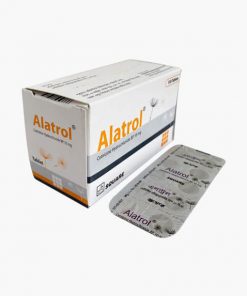


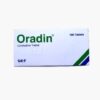

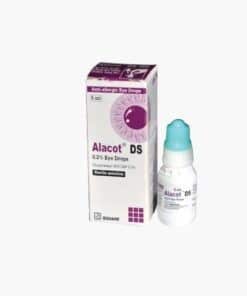

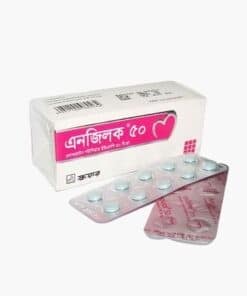
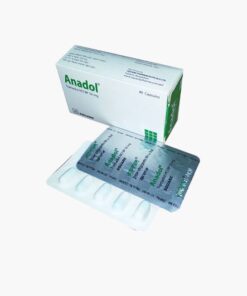
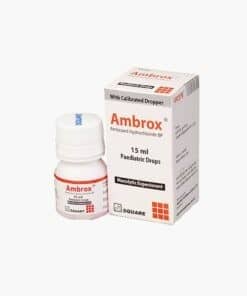
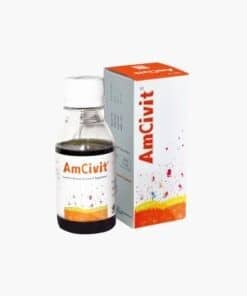

Reviews
There are no reviews yet.